‘Spiders’ Spotted on Mars Turn out to Be Something Else Entirely
New images from the European Space Agency (ESA) seem to show what appears to be spiders on the planet Mars. However, scientists are clearing up this speculation by clarifying that these spider-like shapes aren’t actually arachnids at all.
Instead, these so-called spiders are simply proof of a seasonal occurrence that happens on Mars.
Spiders on Mars
The ESA’s new images of Mars show dark formations that appear to have spindly shapes, similar to what spiders on Earth look like.

Source: ESA/TGO/CaSSIS, CC BY-SA IGO 3.0/Wikimedia Commons
This quickly led to many declaring that it looks like spiders are on Mars. However, according to scientists, the Red Planet doesn’t actually have spiders at all.
A Natural Occurrence
Instead, these spider-like formations are a natural occurrence. These shapes appear thanks to seasonal eruptions of carbon dioxide gas.
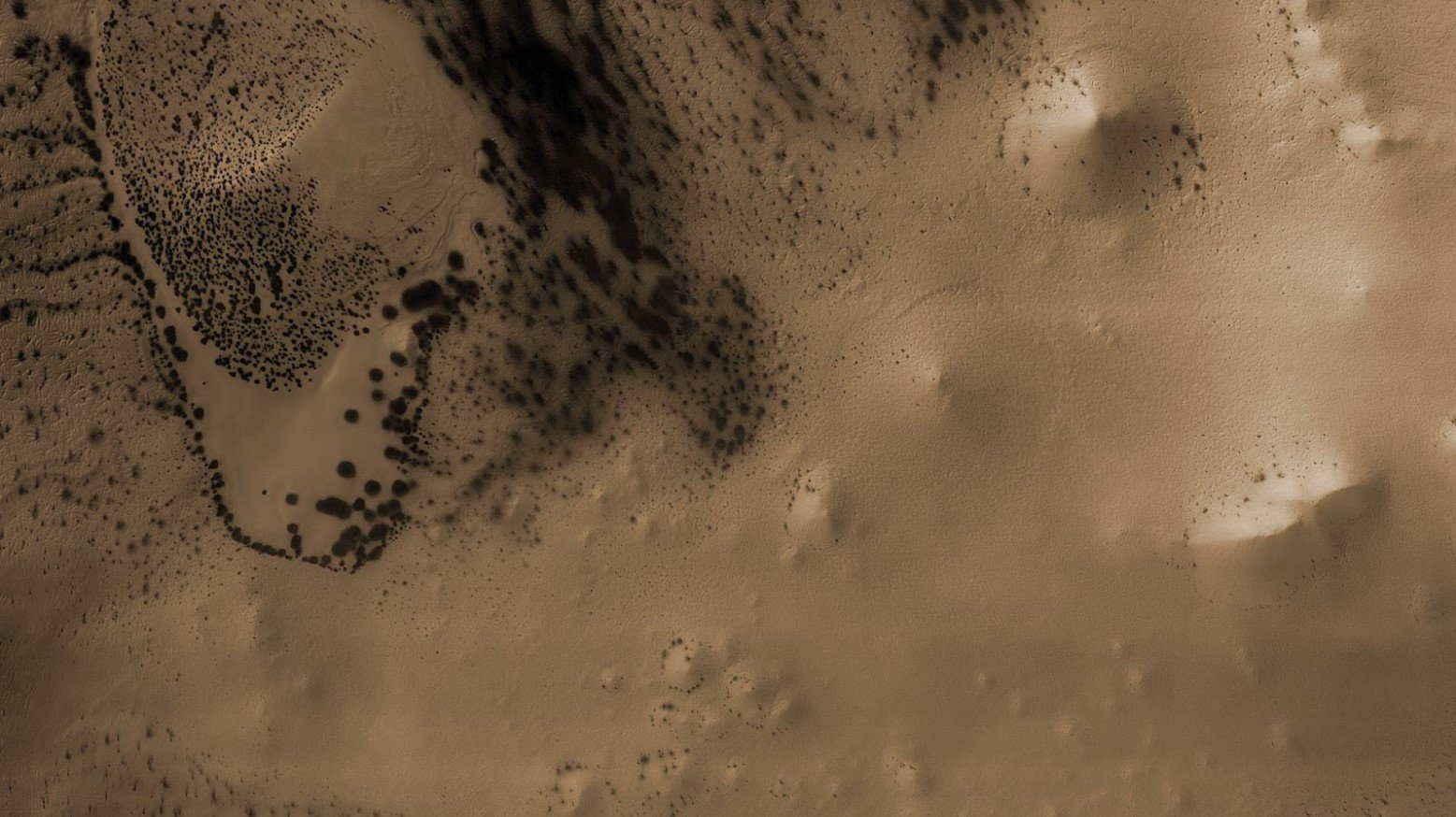
Source: Public Domain/Wikimedia Commons
Therefore, channels of gas are seen in these new ESA photos — not spiders. These channels of gas can measure anywhere from 0.03 to 0.6 miles across the surface of Mars.
Why This Happens
According to scientists, these seasonal eruptions occur when the weather on Mars begins to warm up. These specific “spiders” were mainly seen in the Inca City area of the planet, which is in the southern polar region.
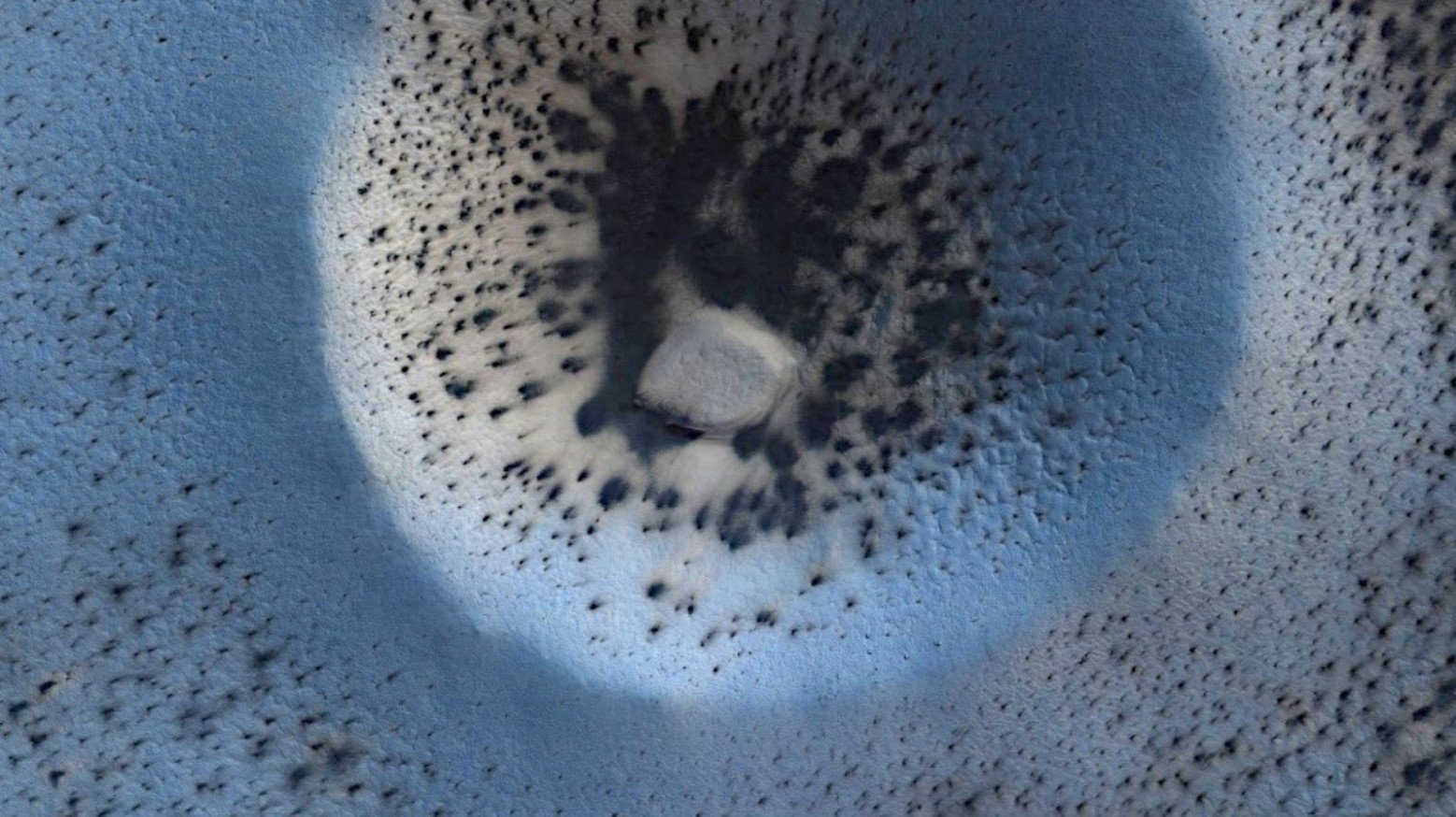
Source: Mariagat1959/Wikimedia Commons
During Mars’ spring season, the weather turns warmer in this southern hemisphere. This results in ice full of carbon dioxide to begin to melt in layers. The lowest layers of ice eventually turn into gas because of this warmth.
Creating Channels of Gas
As the gas continues to rise through the lowest layers of the ice, it expands until it explodes out of the top ice layers, creating a channel of gas.
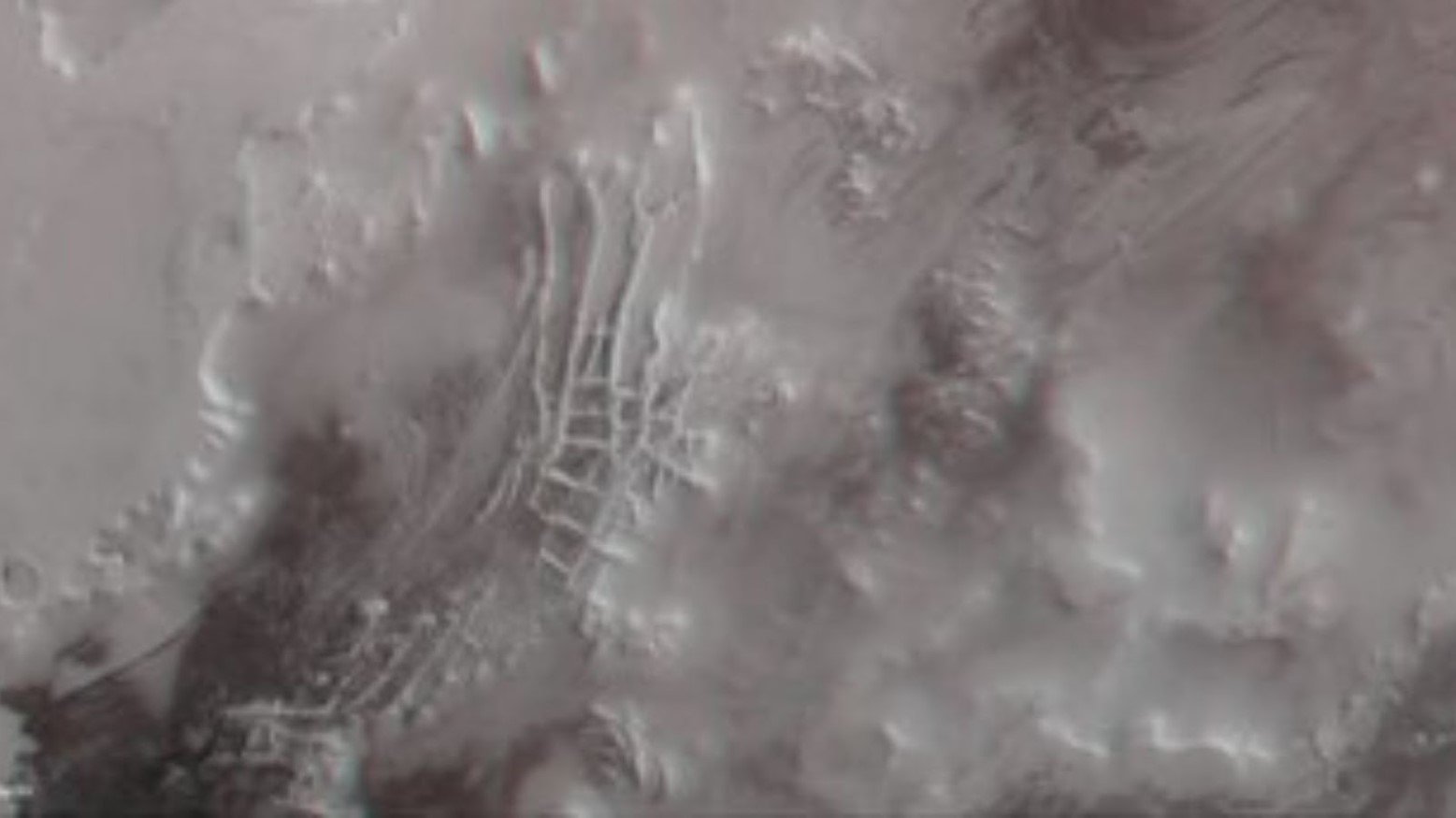
Source: ESA/DLR/FU Berlin, CC BY-SA IGO 3.0/Wikimedia Commons
Within the gas is dark dust from Mar’s surface. This specific dust ends up becoming a geyser out of the ice — which, in turn, creates that spider-like formation that can be seen in these images from the ESA.
Geyers Within the Ice
These geysers can often burst through quite thick ice as it struggles to get out from the surface of Mars. Sometimes, the gas can burst up through ice that is as much as 3.3 feet thick.
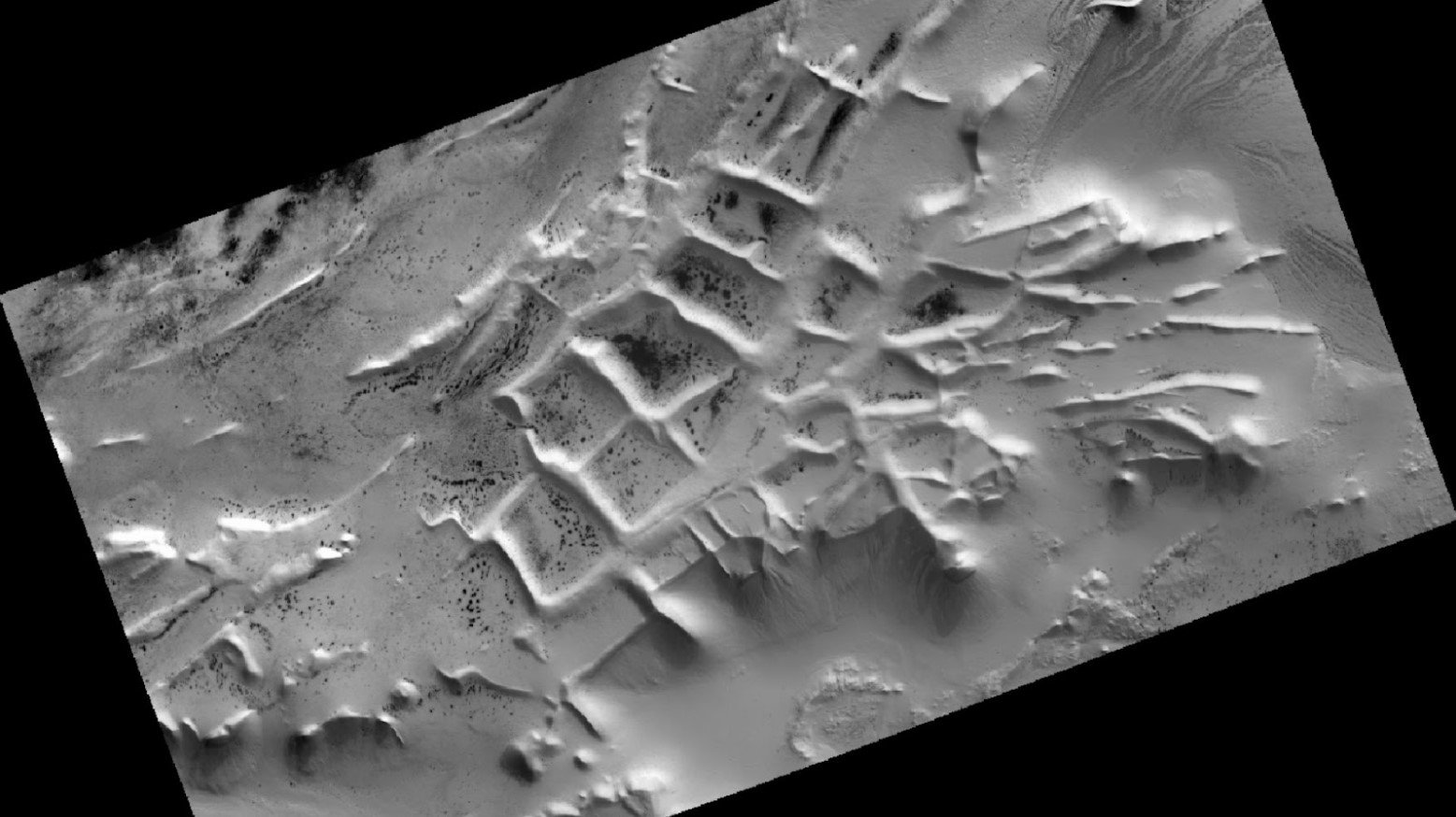
Source: Public Domain/Wikimedia Commons
The pressure of these geysers results in the bursting out of the ice — and is why it creates cracked, spidery-like patterns on the planet Mars.
Where This Happened on Mars
These gas channels were picked up by the ESA’s Mars Express orbiter, as well as the ExoMars Trace Gas Orbiter.
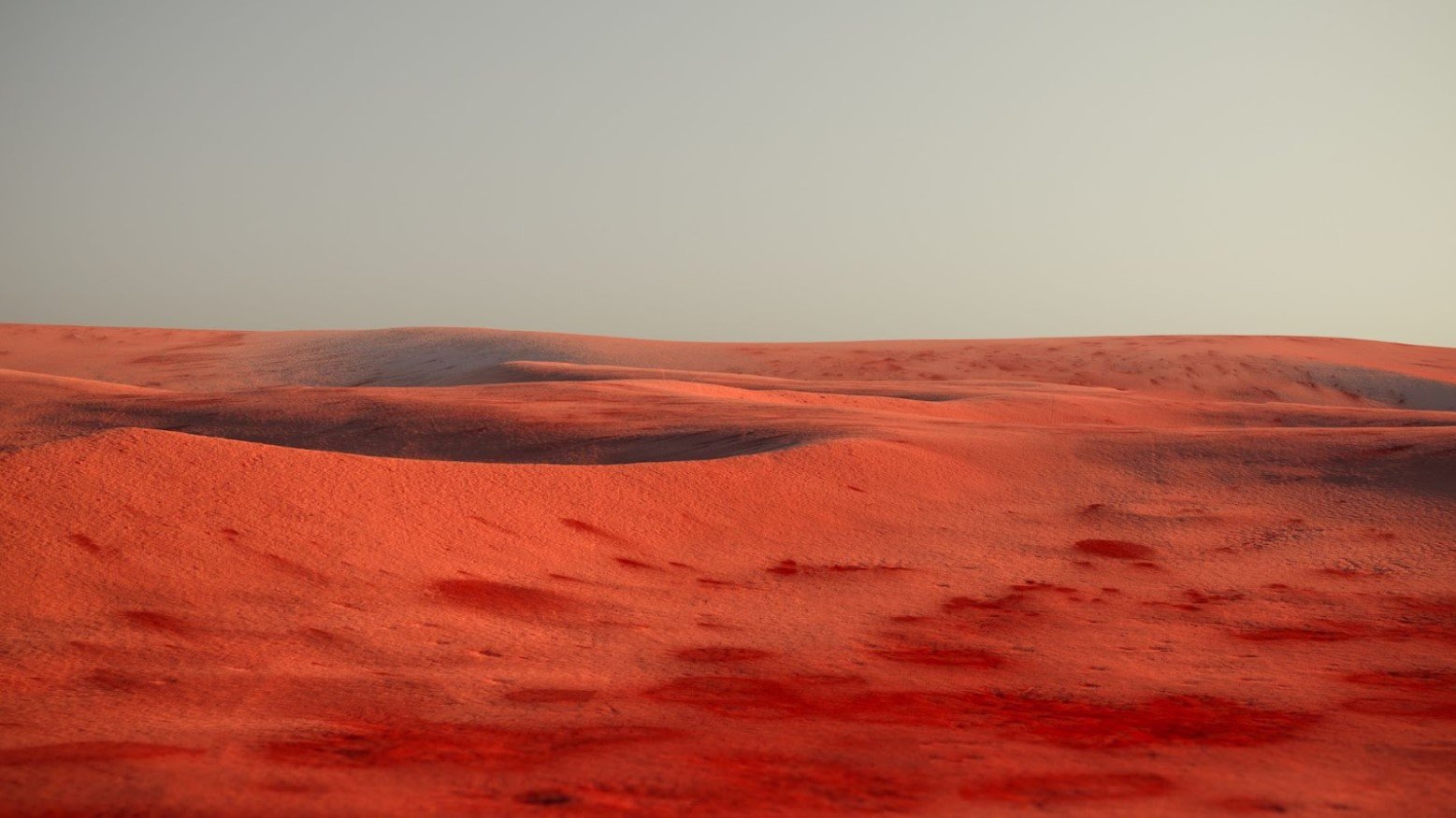
Source: Kevin Gill/Wikimedia Commons
These images clearly show the many clusters of dark spider formations throughout the surface of Mars. However, these images only come from what is often called “Inca City,” in the planet’s southern polar region.
Inca City on Mars
Inca City is also commonly known as Angustus Labyrinthus. These names were given to this region of Mars because of its ridge lines that look like ruins. These ridges are very linear.
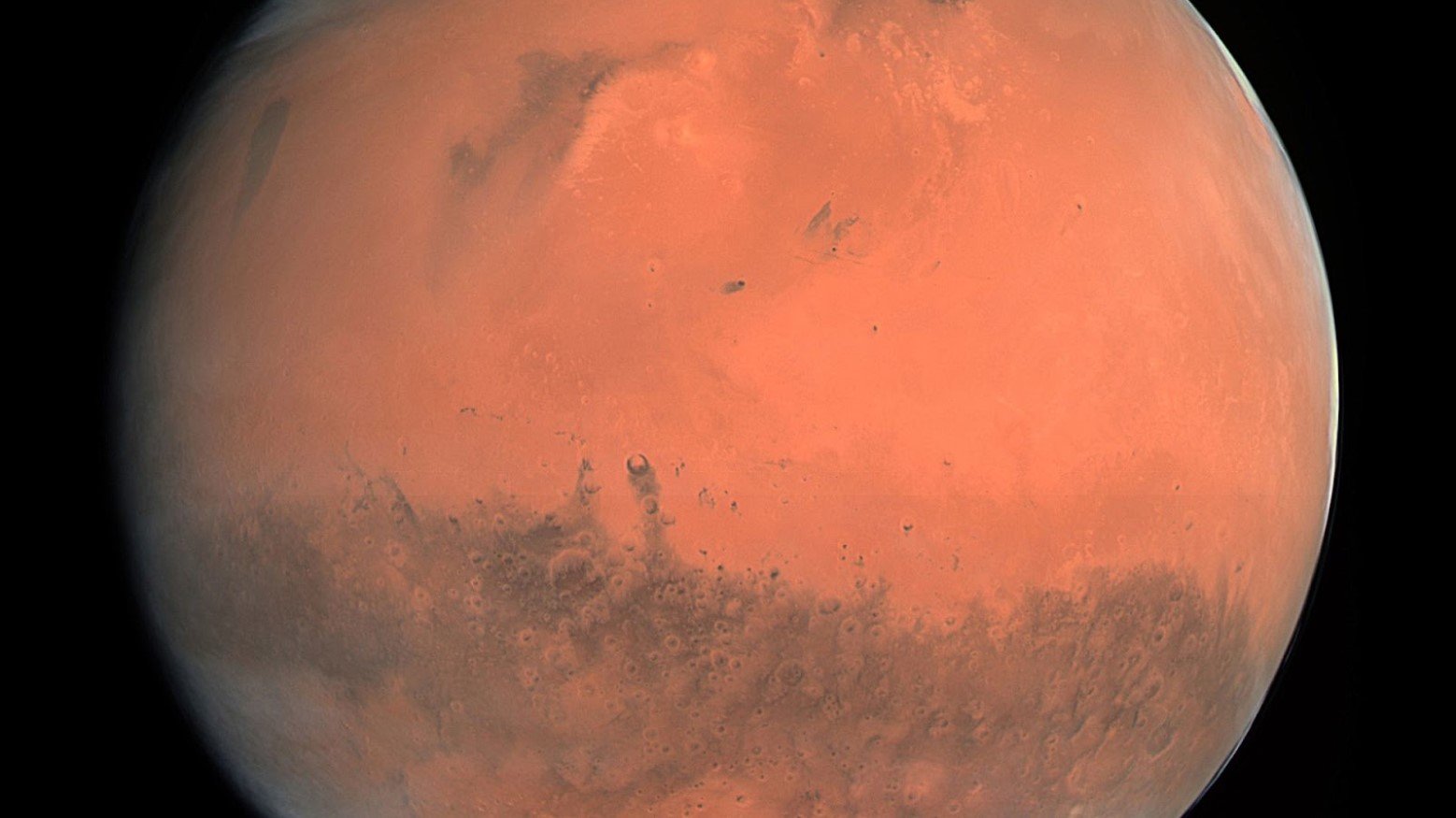
Source: ESA & MPS for OSIRIS Team MPS/UPD/LAM/IAA/RSSD/INTA/UPM/DASP/IDA, CC BY-SA IGO 3.0/Wikimedia Commons
Many scientists previously thought that these ridgelines were petrified sand dunes. Others thought that they could be the ruins of glaciers from ancient times.
Modern Day Theories
Today, scientists have a few different theories on why Inca City appears the way it is — all thanks to the Mars Orbiter. In 2002, the Mars Orbiter successfully showed that this region of the planet is actually a part of what appears to be a circular feature.
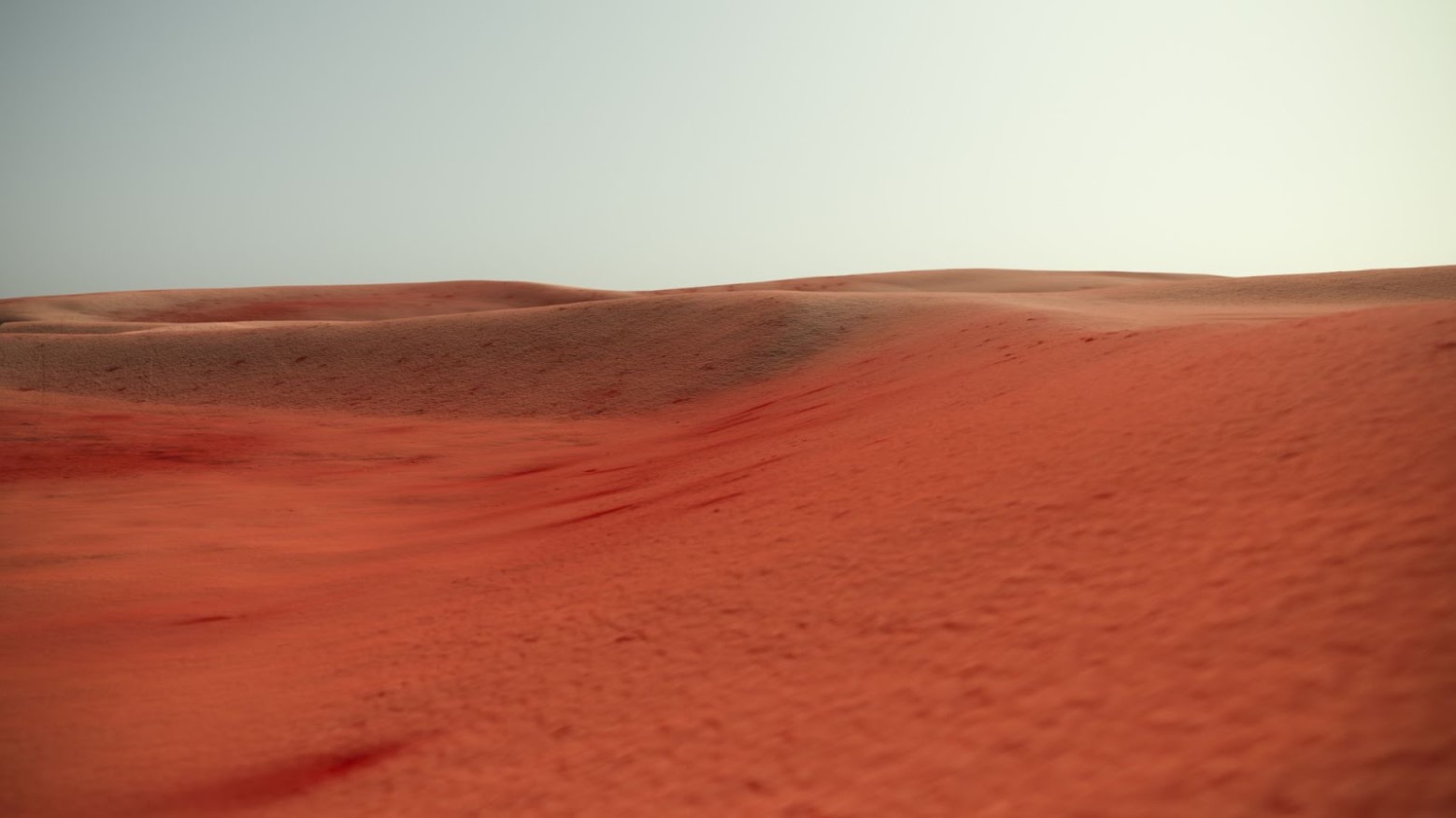
Source: Kevin Gill/Wikimedia Commons
This circular feature looks to be about 53 miles wide. Now, scientists are led to believe that this circular characteristic is from the impact of a crater from long ago.
A Crater Hit Mars
If this is true, this means that Inca City was formed from a crater’s impact. This crater could have made magma rise up through the cracked crust of Mars after collision.

Source: ESA/DLR/FU Berlin, CC BY-SA IGO 3.0/Wikimedia Commons
This magma then could have formed what we can now see as geometric ridges on the planet’s southern polar region — and what we now call Inca City.
Continuing to Look at Mars
As the ExoMars Trace Gas Orbiter, which was first launched in 2016, continues to orbit and study Mars, we may get to see more unusual images similar to these spider-like formations.
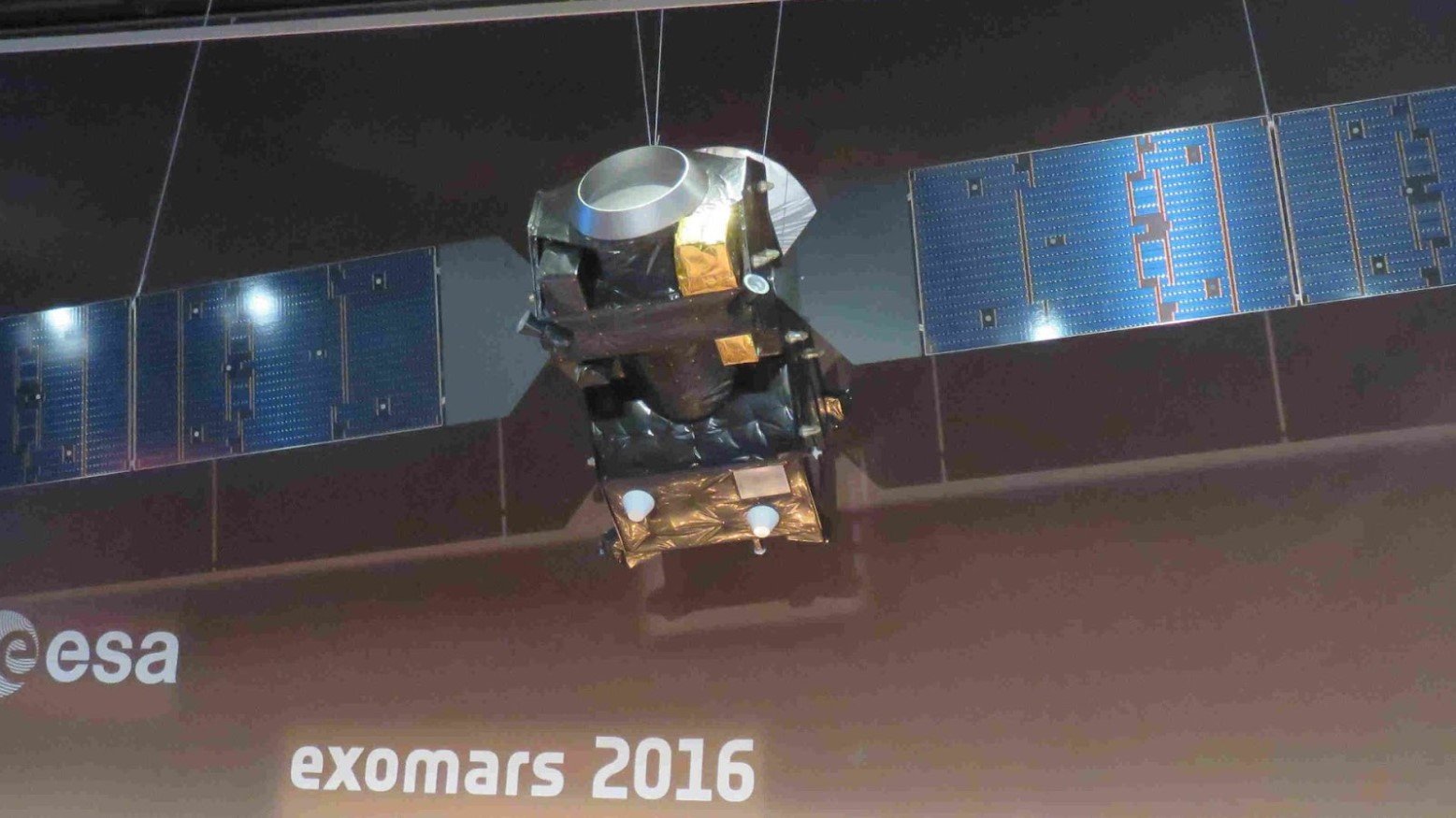
Source: Gerbil/Wikimedia Commons
The ExoMars Trace Gas Orbiter will continue to study the planet, looking for potential signs of life in the planet’s past.
Other Mars Peculiarities
These spiders on Mars aren’t the only odd things that have been found on the planet. Back in 2015, Mars’ Curiosity rover took an image of what appeared to be a spoon-shaped rock.
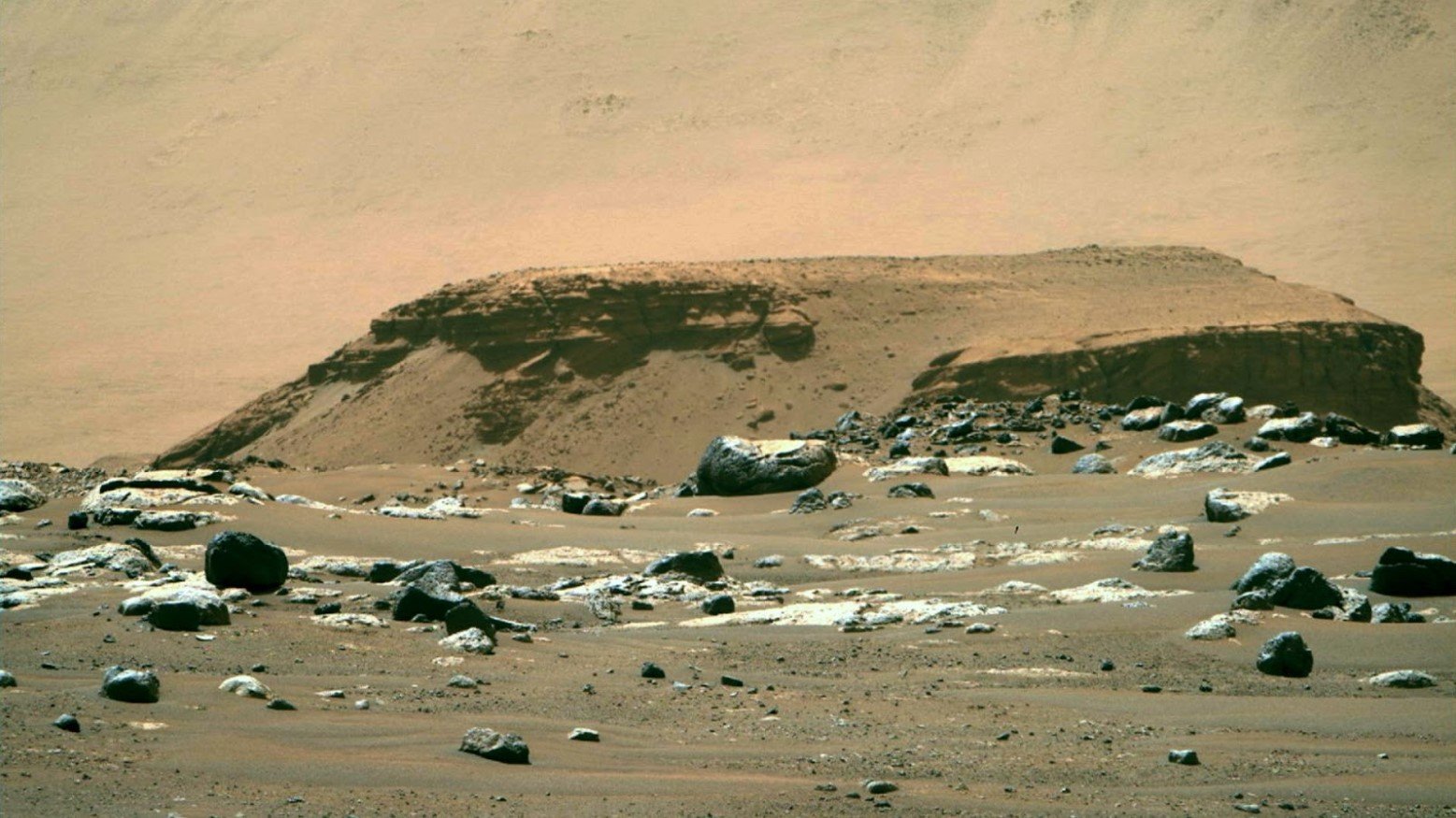
Source: Public Domain/Wikimedia Commons
Meanwhile, the American Viking 1 orbiter took a photo of what many said was a face-like feature back in 1976. The future may have more interesting photos in store for those of us here on Earth.
